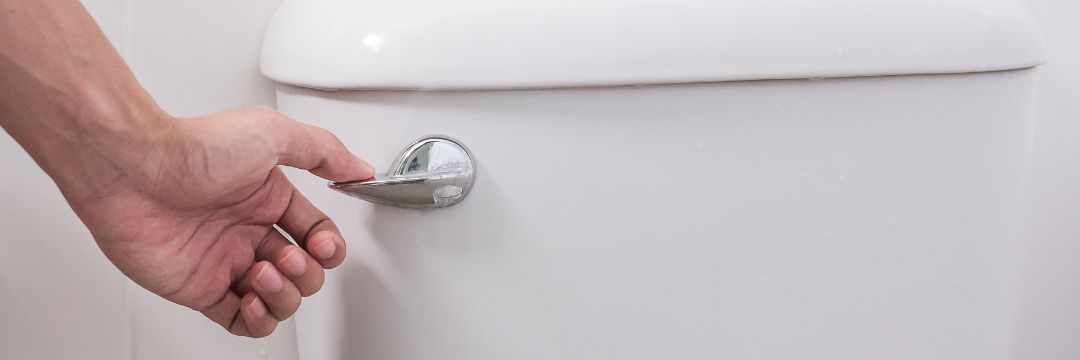
BPH, or enlarged prostate, is one of the most common concerns that men will face as they age. At the age of 50 or 60, over 50% of men will experience symptoms of BPH, which can include a constellation of problematic and even debilitating symptoms associated with the lower urinary tract. Many patients will find that they begin to wake up more often at night to urinate. This is typically one of the first signs of an enlarged prostate. From there, symptoms tend to worsen. Many patients will find that they continue to experience a feeling of bladder fullness, even after using the bathroom. Others may notice they have difficulty holding their urine, especially when engaging in more strenuous activities. These telltale signs mean that BPH is worsening, and treatment is necessary. Fortunately, due to the ubiquitous nature of BPH, there are upwards of a dozen treatments, ranging from quick in-office procedures to more significant surgical options. The most effective BPH treatment is ultimately the one that minimizes symptoms as much as possible while also minimizing potential risks and side effects.
Retrograde ejaculation is a side effect of heat-based therapies.
One of the most common concerns that a patient will need to understand, depending on the therapy they choose for their BPH, is the concept of retrograde ejaculation. This is where ejaculate does not come out of the penis during orgasm but instead is pushed back into the bladder at which point it is expelled when urinating. It poses no health concerns, but may be worrisome for some patients, and is undoubtedly a concern for those who are still trying to have children naturally.
Who needs to worry about retrograde ejaculation?
Basically, if you are not concerned with a “dry orgasm” (no ejaculate during orgasm), and if you’re not looking to conceive children, retrograde ejaculation is likely not a significant concern. Typically, most patients fall into this category, as the majority of patients we see for BPH are in their 60s or 70s.
However, patients with younger onset BPH, especially in their 30s and 40s, may wish to avoid retrograde ejaculation, and they should speak to Dr. Natale about how exactly to do that by carefully choosing the proper BPH treatment. Most importantly, treating BPH at the earliest signs allows for the broadest range of treatment options as well as a greater number of options if the BPH recurs.
Which procedures cause retrograde ejaculation?
As a rule of thumb, any method that uses heat has an increased risk of retrograde ejaculation. Traditional TURP or transurethral resection of the prostate, until recently considered the gold standard and grandfather of BPH treatment, has a virtually universal rate of retrograde ejaculation.
Newer procedures, like Rezum, that use a steam-based approach to destroying prostatic tissue and shrinking the prostate, have a significantly lower incidence of retrograde ejaculation at about 10 to 20%. Ultimately, the goal is to find a procedure that offers relief with the fewest risks and that can be determined through a consultation with Dr. Natale.









